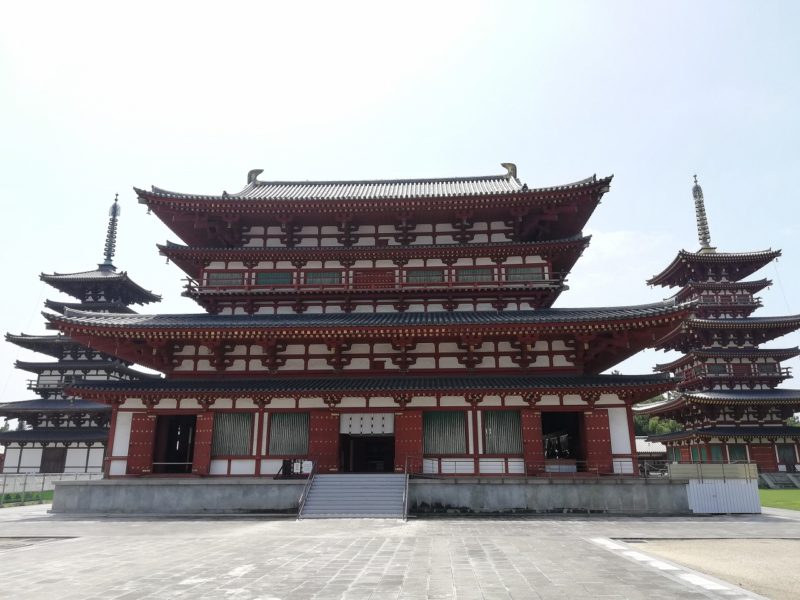
West Pagoda & East Pagoda
西塔(さいとう, Saito) West Pagoda tower
Yakushiji was Japan’s first temple to feature a pair of pagodas, with the West Pagoda (Saito) built to flank the Main Hall in symmetry with the East Pagoda. The West Pagoda is thought to have been originally erected at the time of the temple’s founding, but was destroyed by fire in 1528. In 1981, it was rebuilt in the style of the Hakuho period (645–710).
東塔(とうとう, To-To) East Pagoda Tower
Yakushiji is one of the seven great temples of Nara and head temple of the Hosso school, Japan’s oldest Buddhist order. The pagoda is 33.6 meters high and is the only wooden structure to have survived fires and other disasters at the temple since it was first built over 1,300 years ago. One of several National Treasures at the temple, the East Pagoda is a three-story structure, but appears to have six roofs due to an architectural technique that would have been cutting edge at the time of construction.
Kondo(金堂) – Main Hall
It is not allowed to take photos in the hall.
The main worship hall at Yakushiji, the Kondo, was built to enshrine the temple’s principal images, the Yakushi Triad. Conceived by Emperor Tenmu (631–686), the Kondo and the rest of the complex was initially located in Fujiwarakyo (present-day city of Kashihara), which was the capital from 694 to 710. When the capital was subsequently relocated about 30 kilometers north to Heijokyo—present-day Nara—so, too, was the temple, which found a new home at its current site in what is now Nishinokyo district.
Yakushi Triad
Inside the Kondo (literally, Main Hall) is Yakushiji’s principal object of worship, the Yakushi Triad, consisting of Yakushi Nyorai, the Healing Buddha, flanked by two attendants, the bodhisattvas Nikko and Gakko. The Triad was consecrated in 697 by Empress Jito, who oversaw the completion of Yakushiji following the death of her husband, Emperor Tenmu, in 686. It was customary among elite members of society to pray to Yakushi Buddha when illness befell them or members of their family. Ironically, Emperor Tenmu originally planned the temple to pray for his ailing wife, but she outlived him and eventually completed its construction.
https://www.yakushiji.or.jp/en/temples/004.html
Objects of worship made of wood were rare in Japan at the time of Yakushiji’s construction, and the Yakushi Triad is made from a total of 20 tons of bronze that was originally gilded (hence the name of the hall in which they are located). In addition, the necklaces and other accessories decorating the statues would have been replete with colorful gems. Fires and other disasters stripped the triad of these resplendent features, but it nonetheless remains in a near-complete state and has been designated a National Treasure.
The Yakushi Buddha image, which measures 2.55 meters in height, has been widely praised for its elegant posture, symmetry and aesthetically pleasing features. Okakura Tenshin (1863–1913), a Japanese scholar and author of The Book of Tea, once remarked that those who have not seen the Healing Buddha at Yakushiji are lucky “because they have the opportunity to see it for the first time.
Daikodo (大講堂) – Large Lecture Hall
Learning has long been a central concern of the temples of the group known as the “Seven Great Temples of Nara.” Yakushiji is one of those temples, and for centuries the monks have assembled in the Large Lecture Hall (Daikodo) to study and debate aspects of Buddhism.
The Daikodo is larger than Yakushiji’s main hall of worship, the Kondo, and at 41 meters long, 20 meters deep and 17 meters high, is one of the biggest temple buildings in Nara. On the dais inside are some of Yakushiji’s most important statues, including the Miroku Triad. The function of this vast building was less for worship and more or nurturing knowledge of Buddhism in general and the Hosso Sect in particular. While the present building is comparatively new, having been built in 2003, its scale reflects the continuing importance Yakushiji places on learning
Inside the Daikodo are two pulpits serving as lecterns, where monks come face to face in discussions and debate, their voices amplified by the high ceilings of the hall. The Hosso school has a long history of emphasizing learning over other Buddhist practices such as meditation, making the Daikodo an intrinsic and important part of Yakushiji.
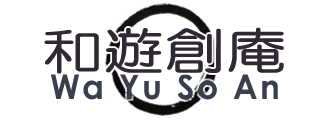
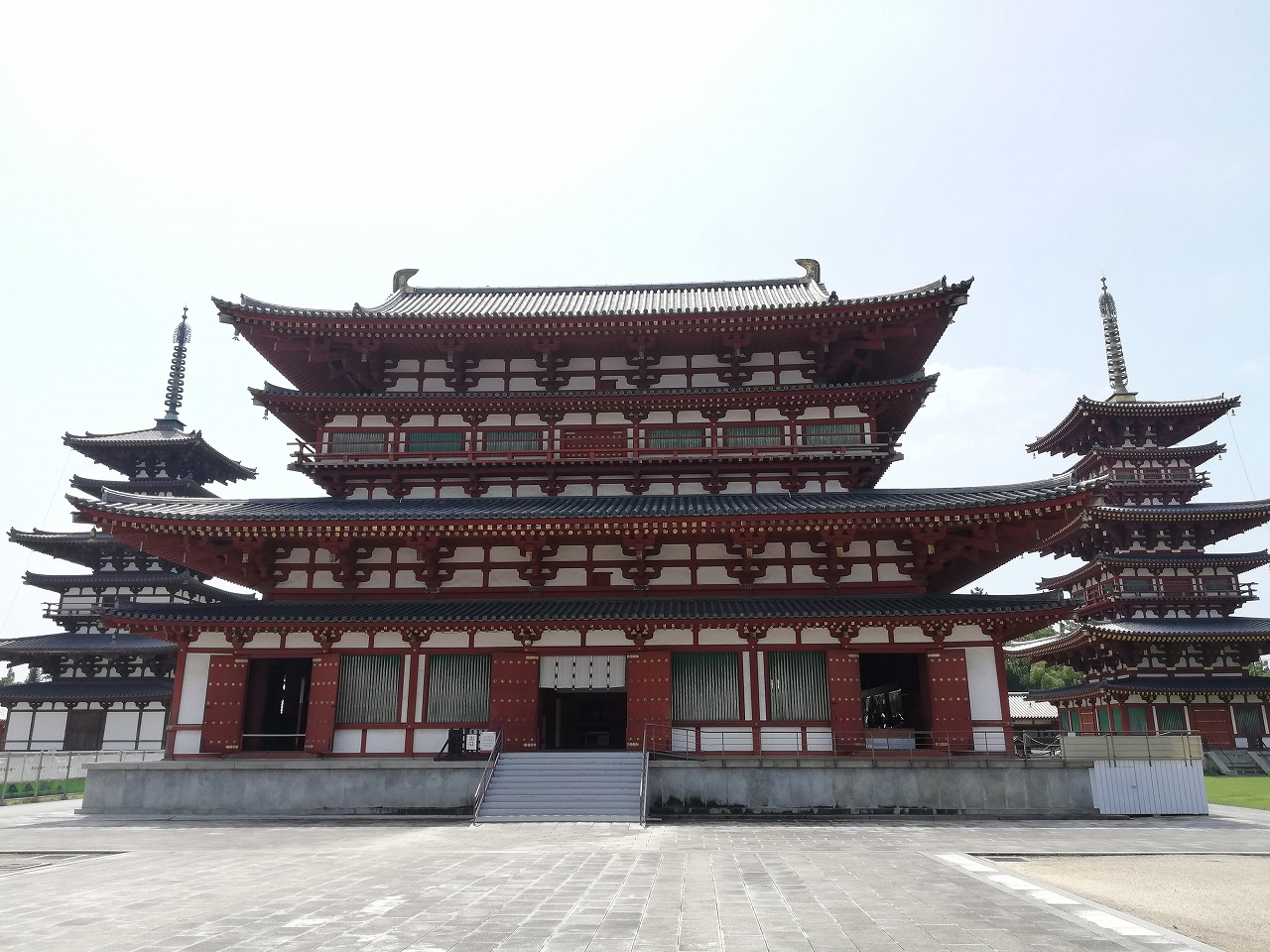
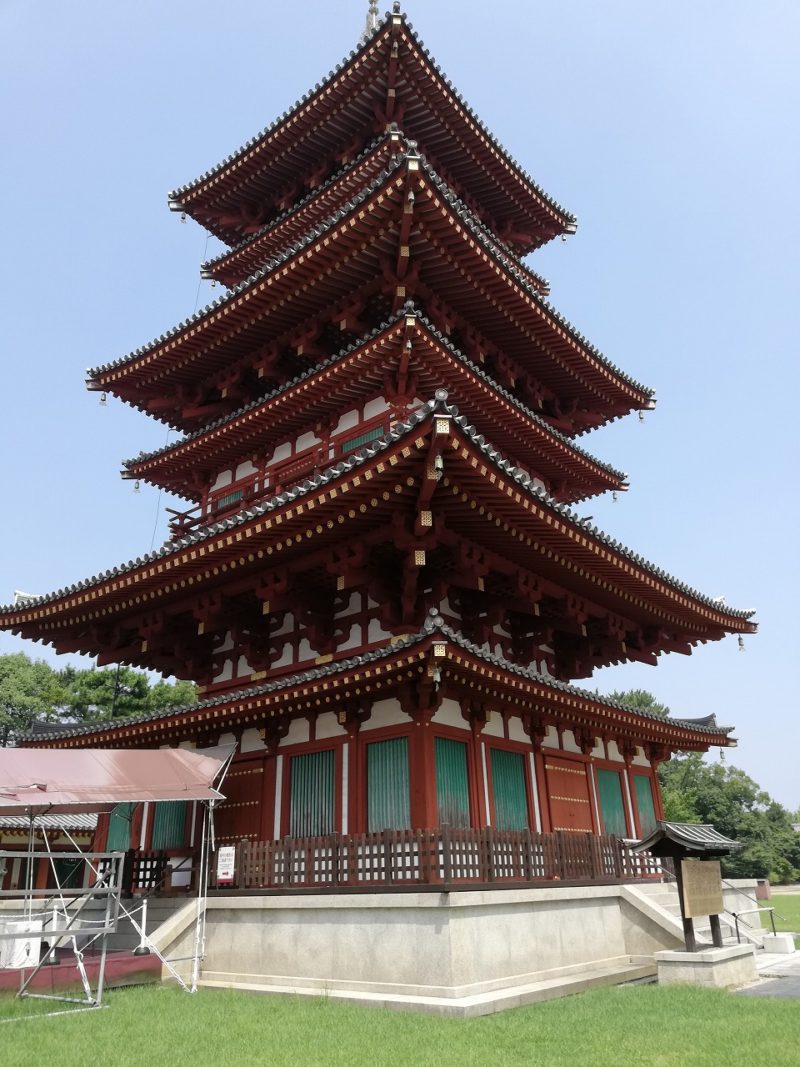
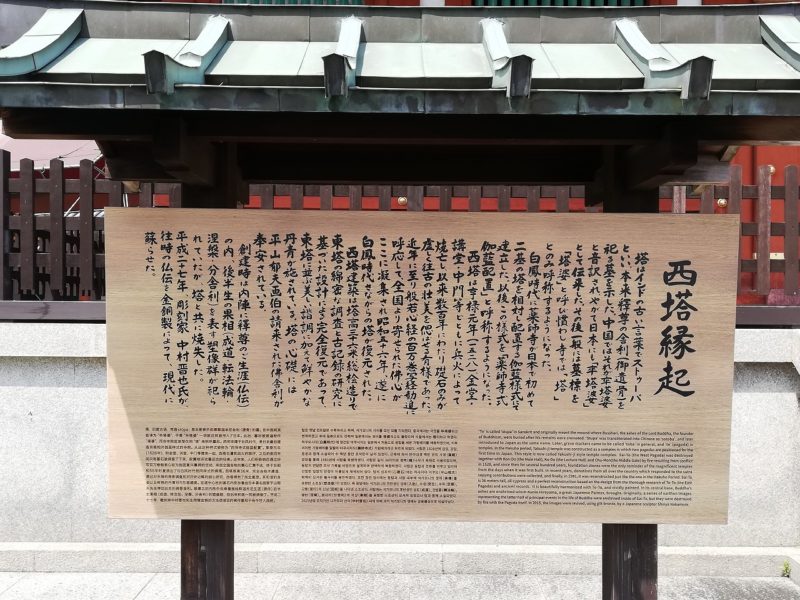
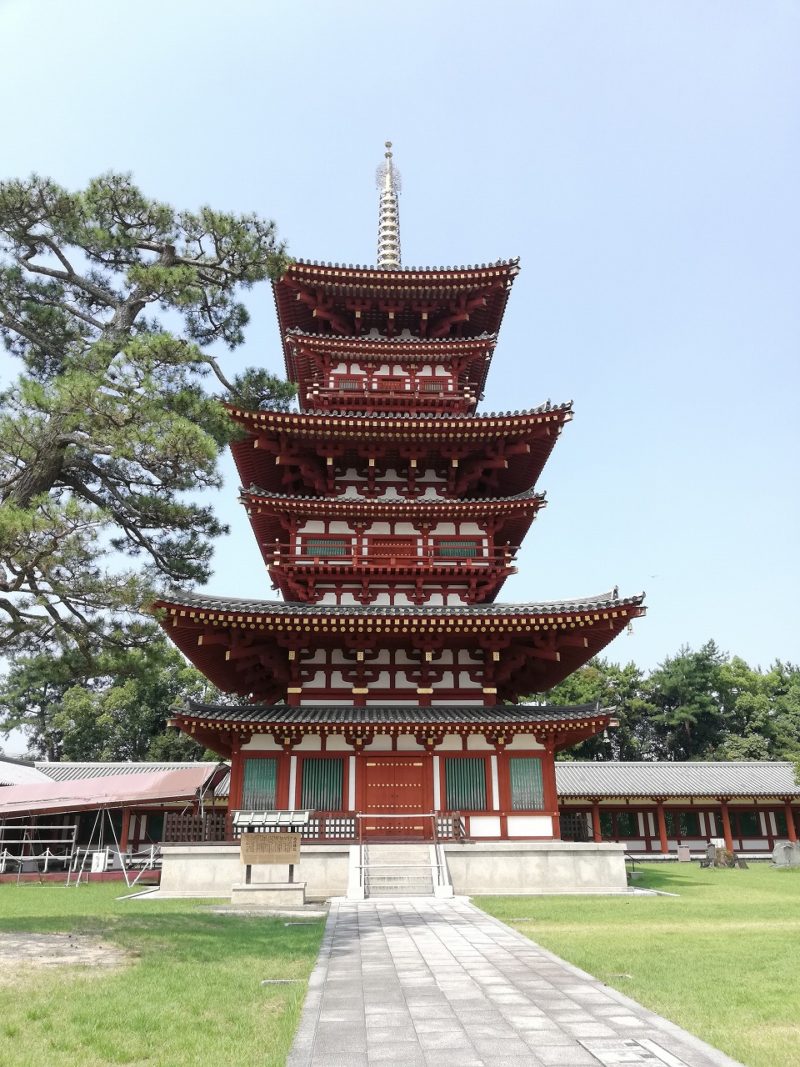
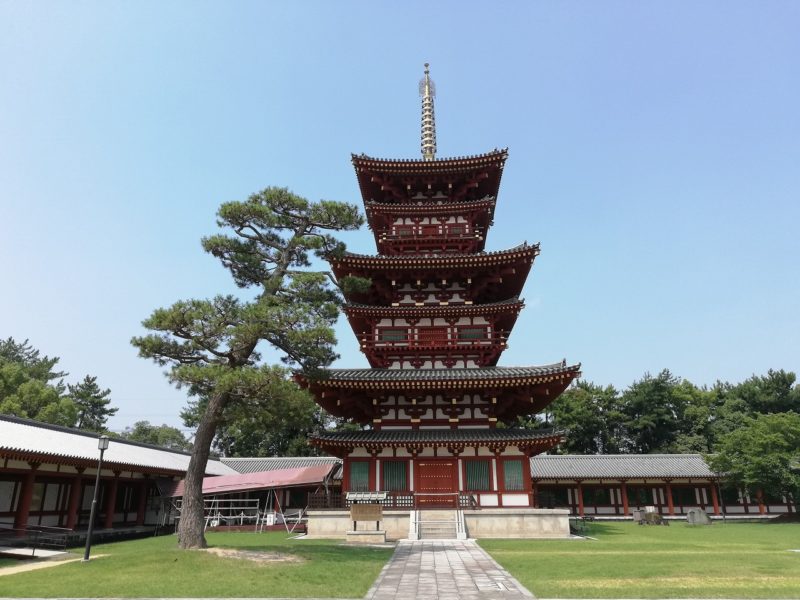
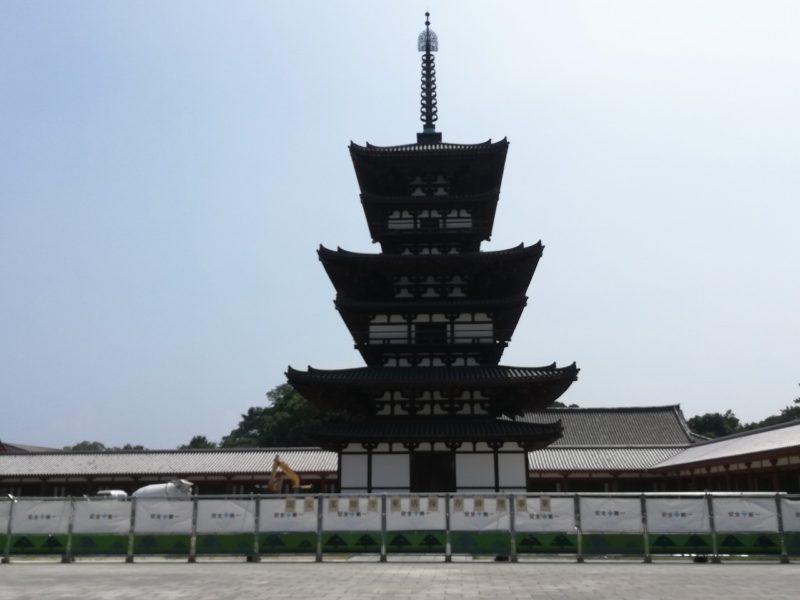
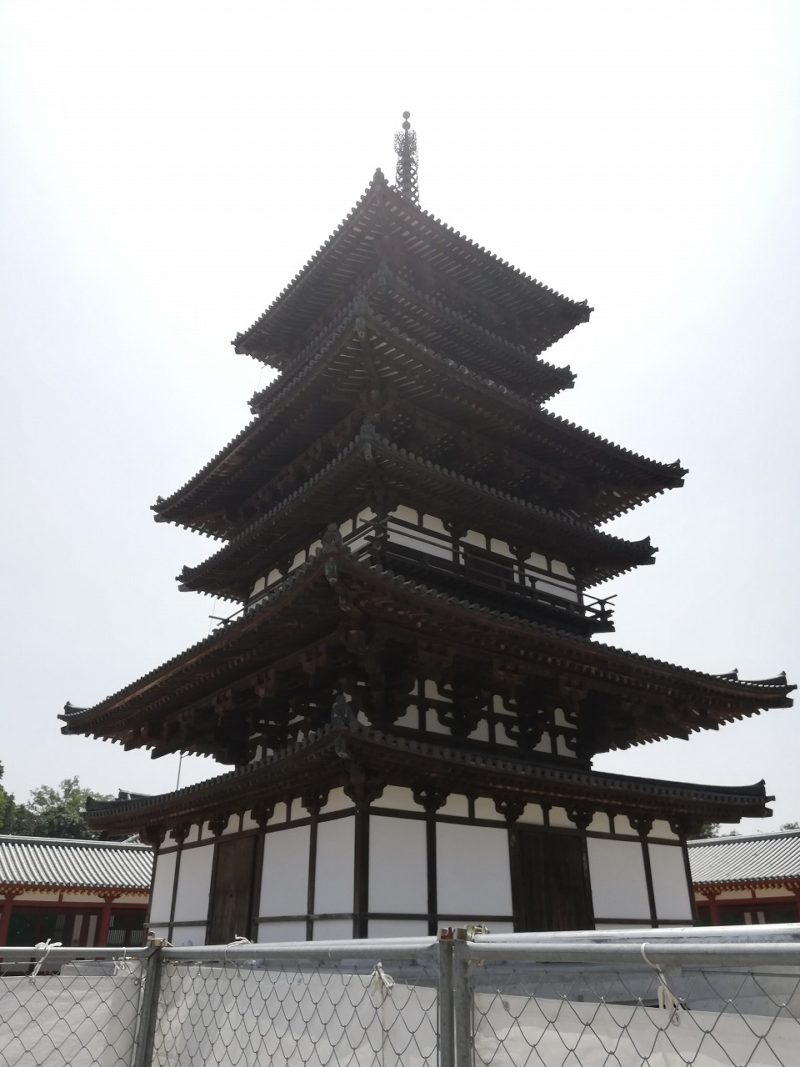
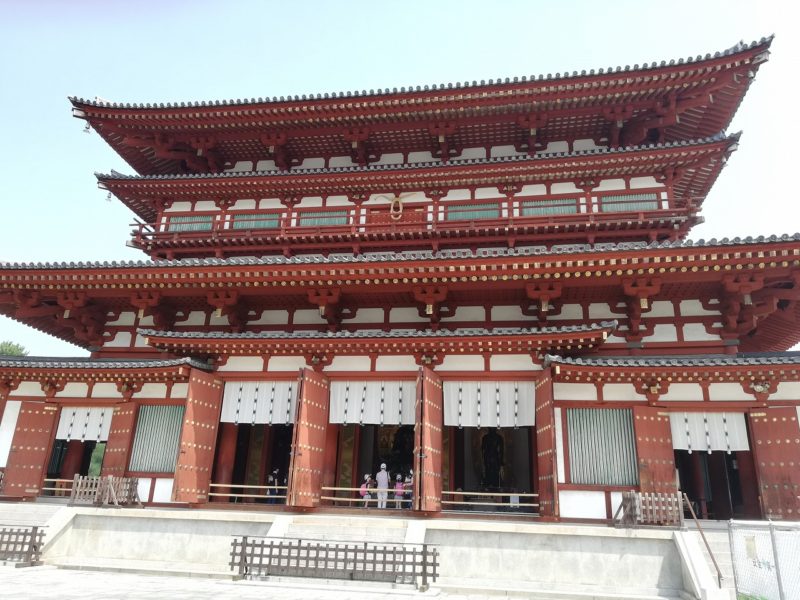
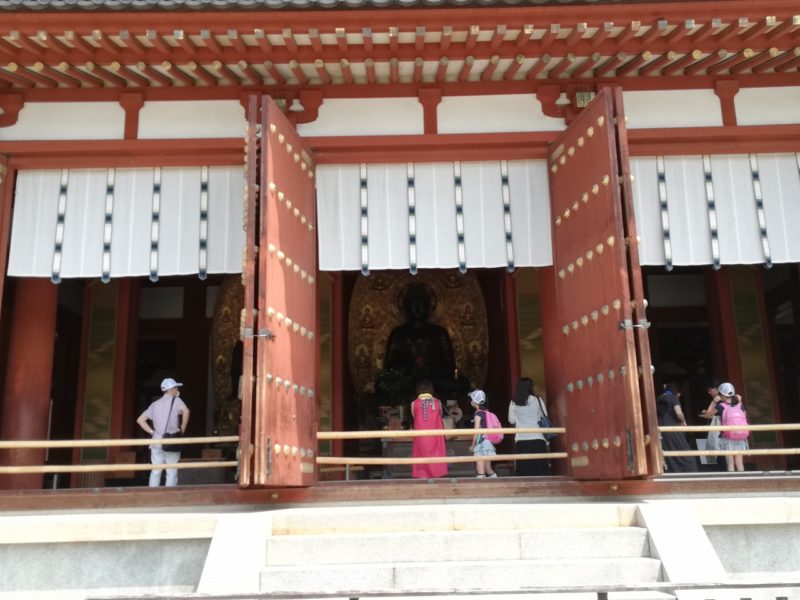
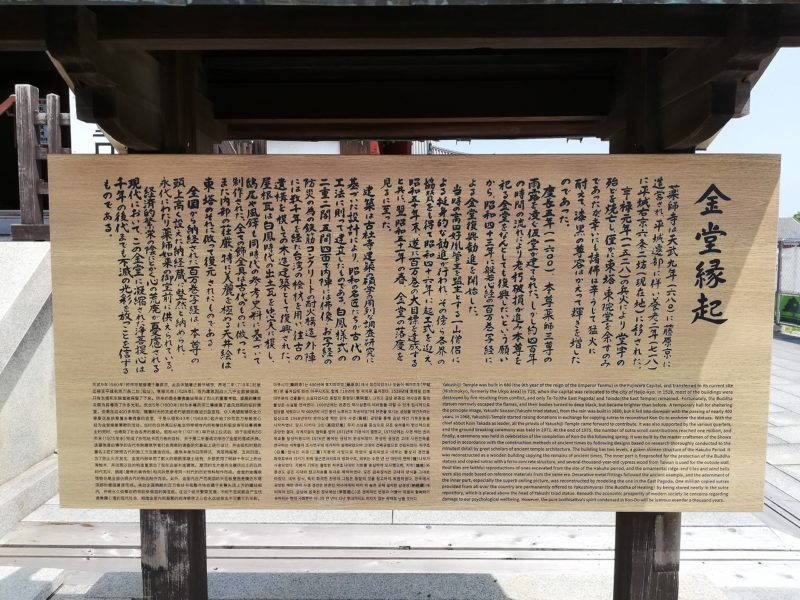
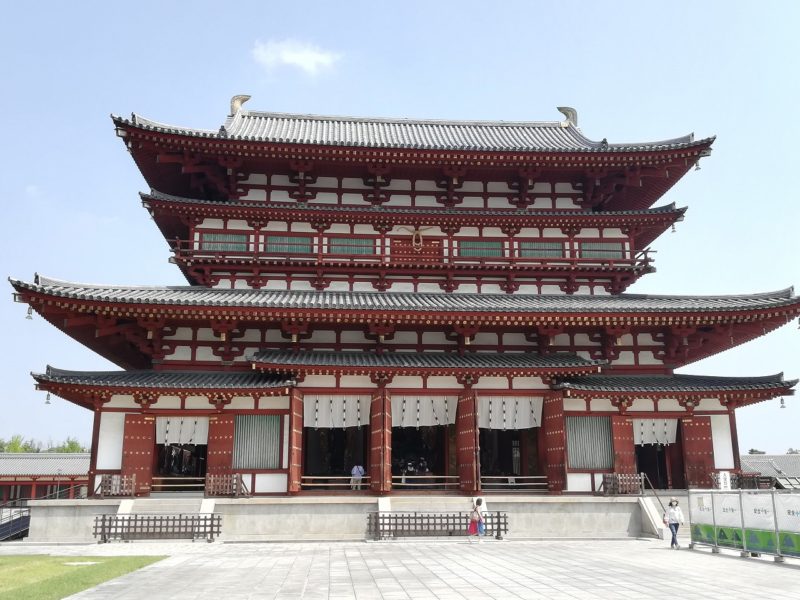
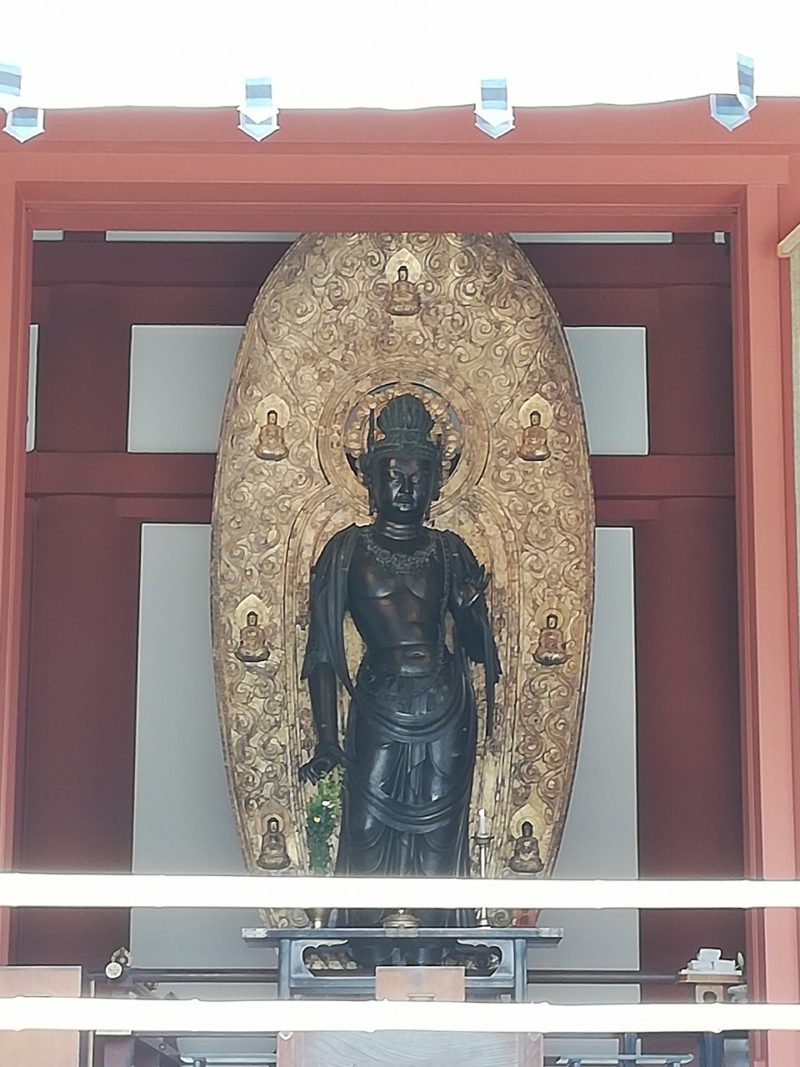
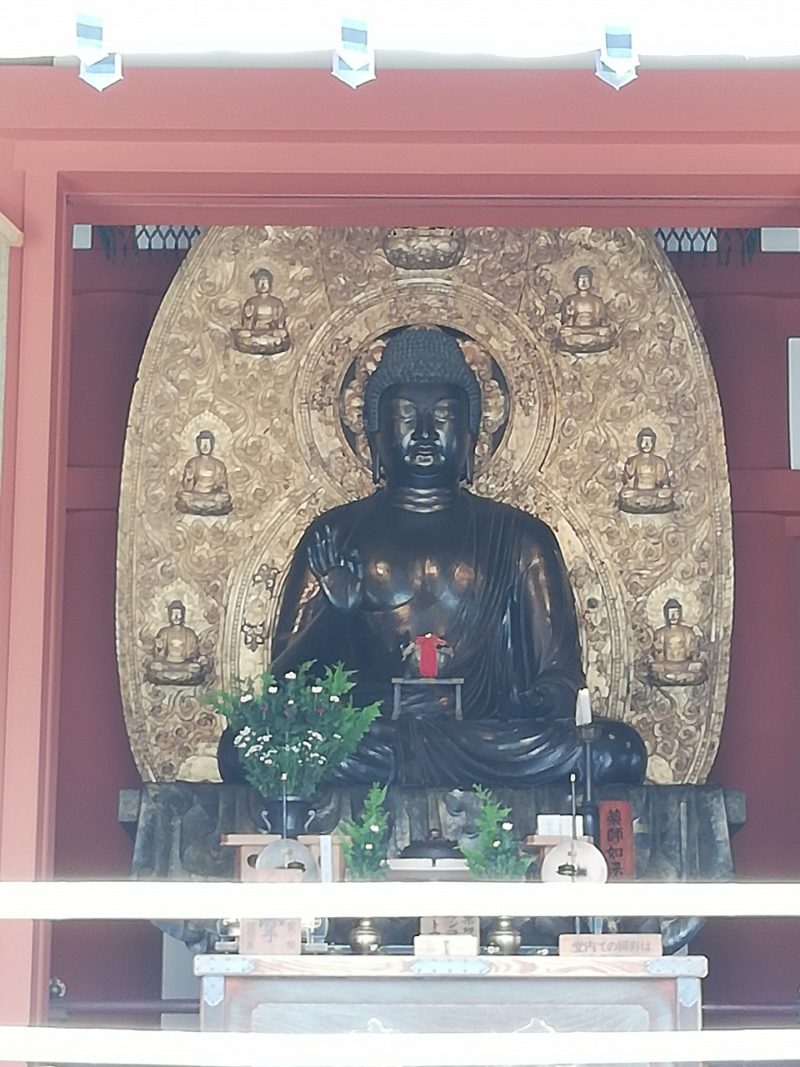
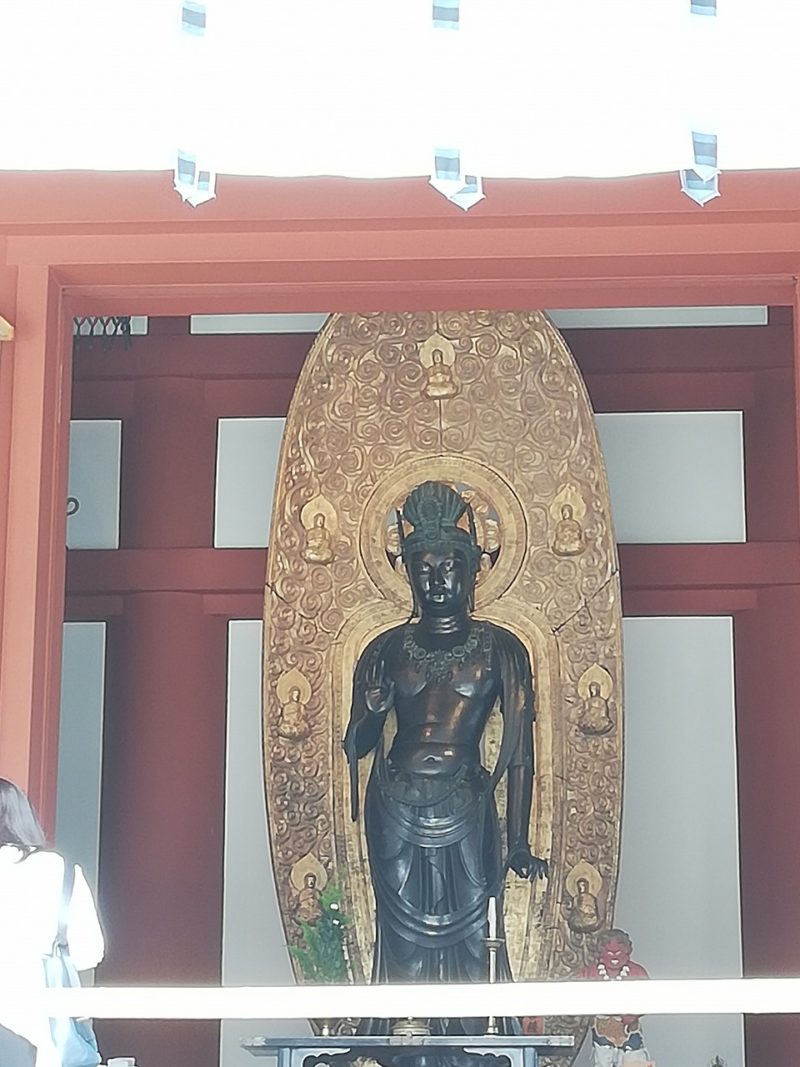
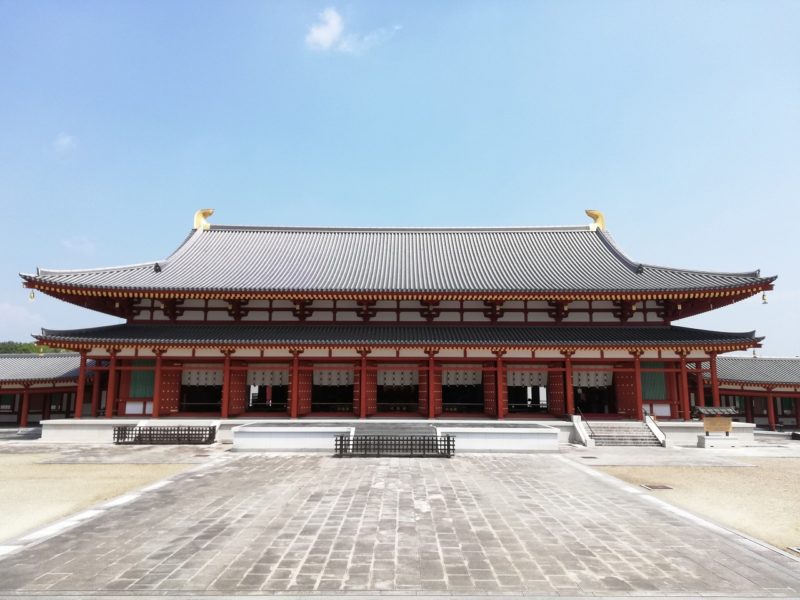
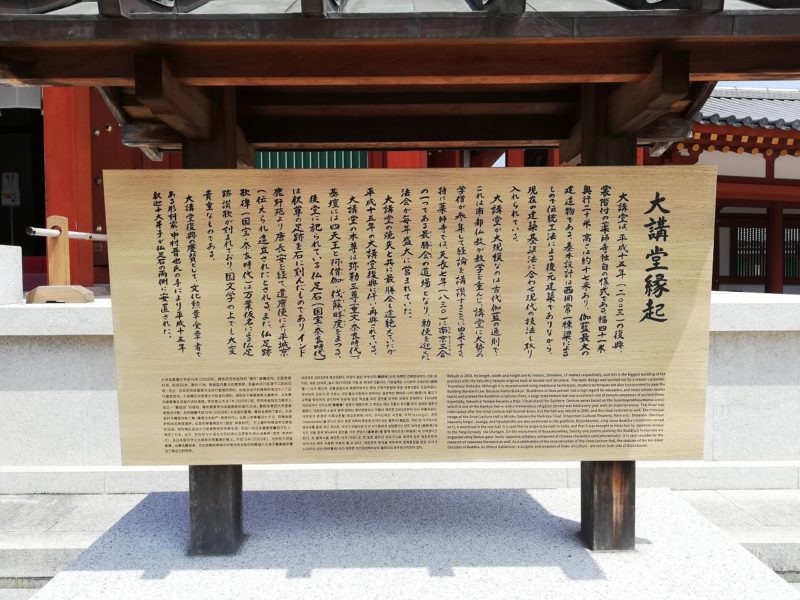
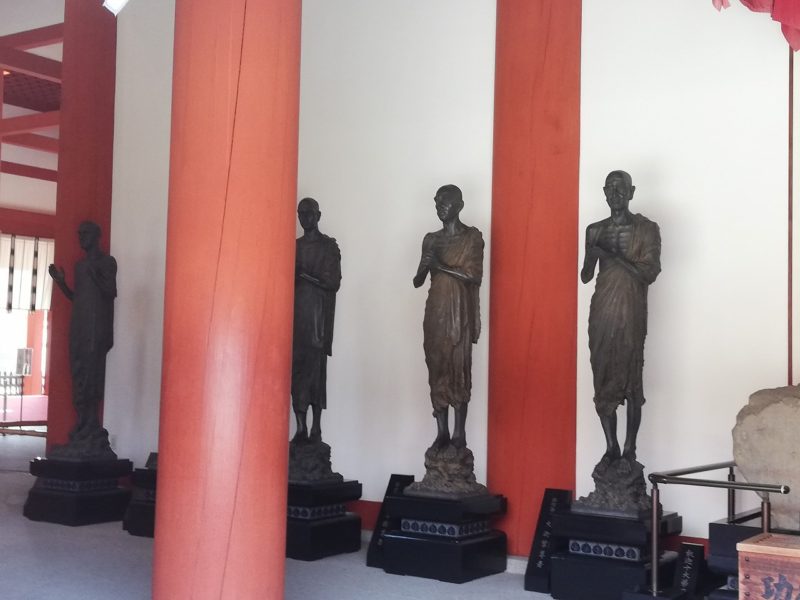
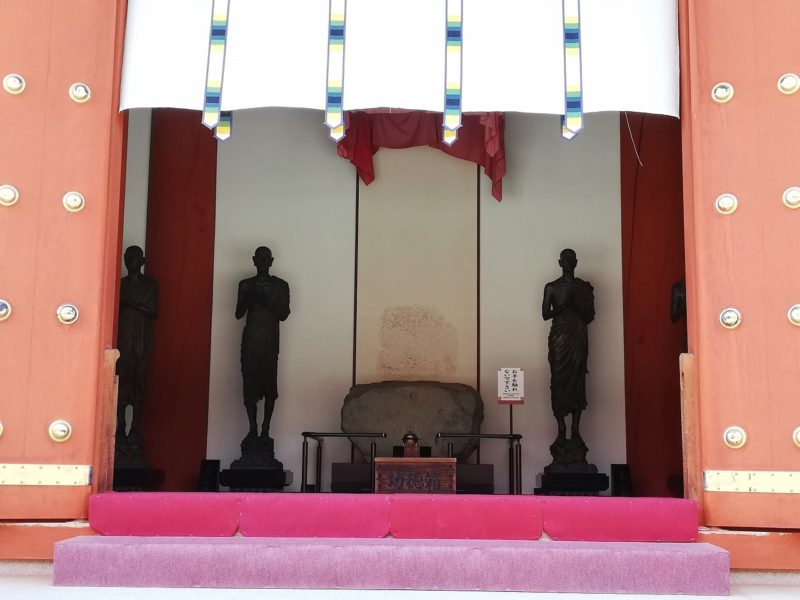
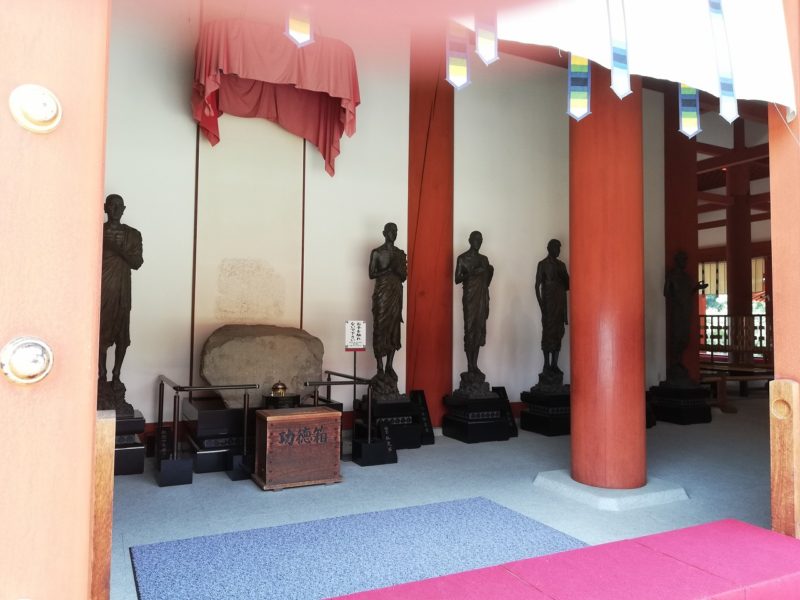
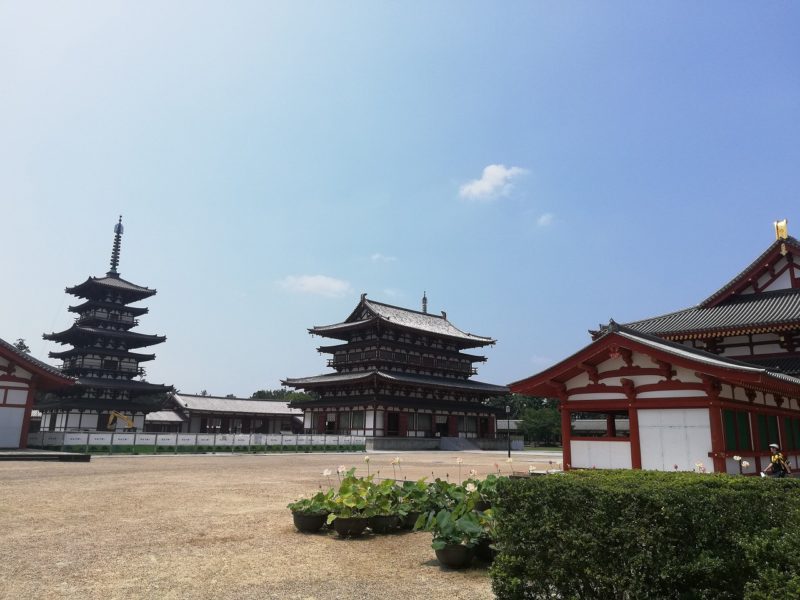
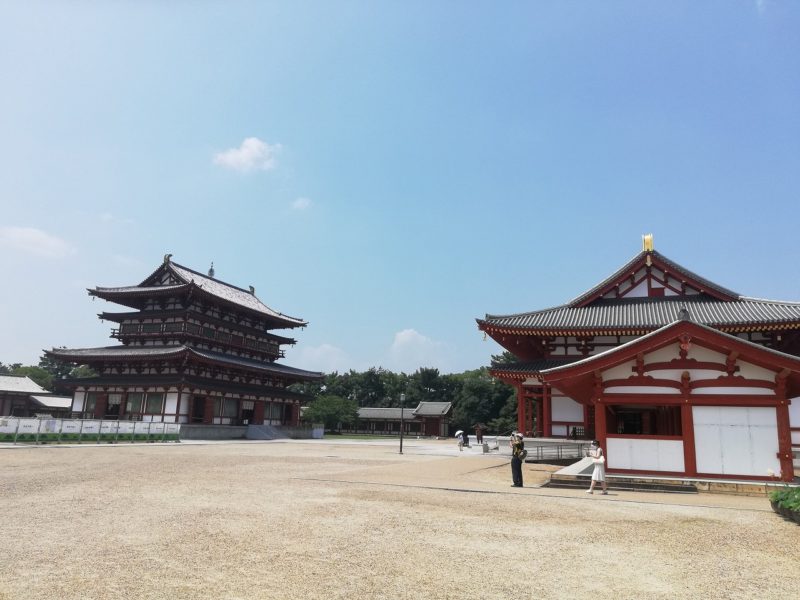
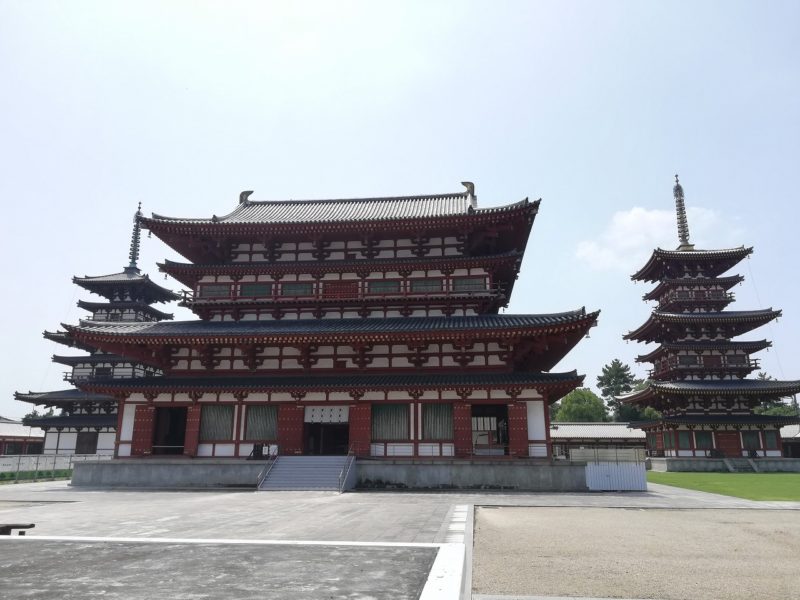
コメント